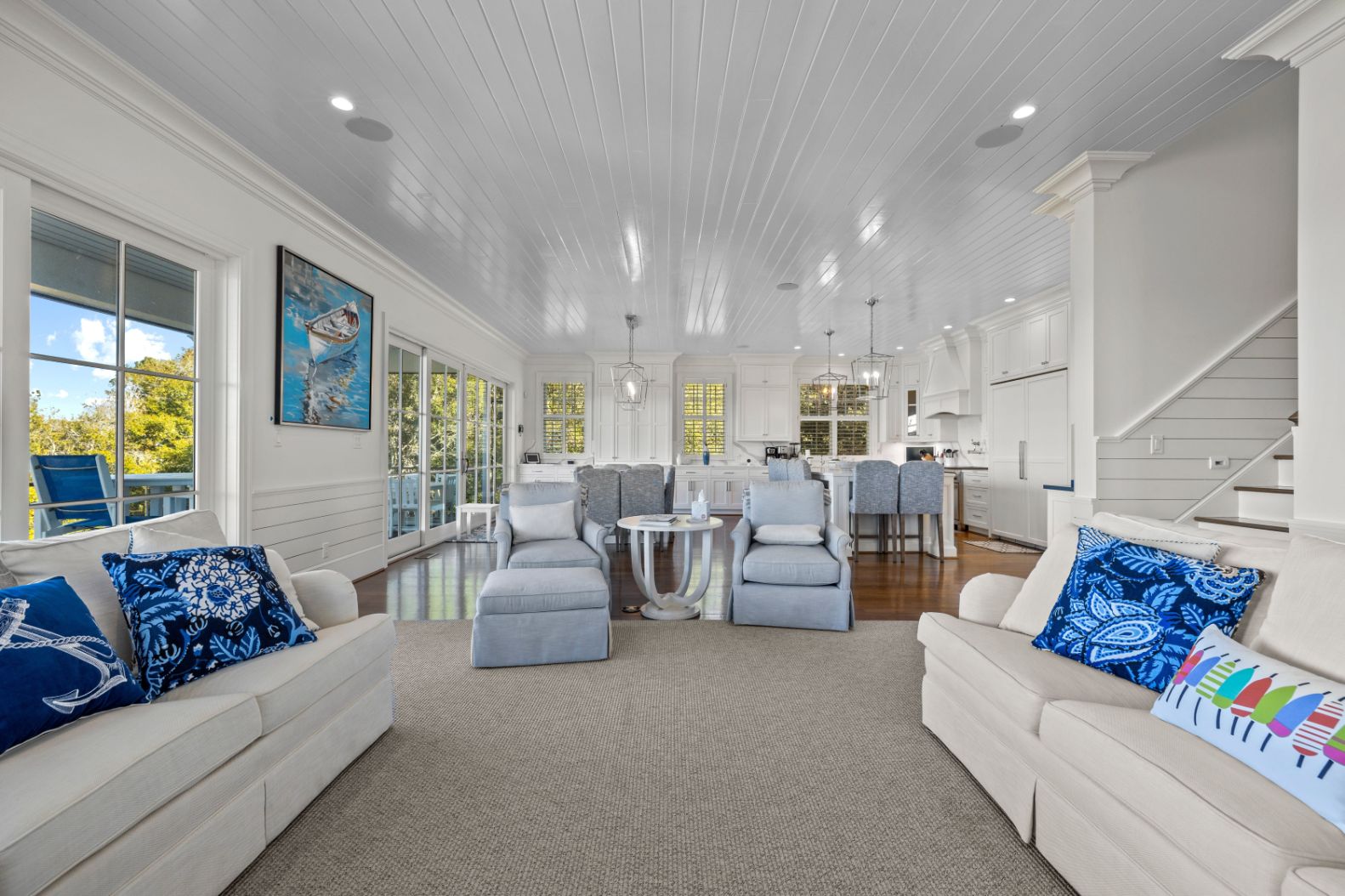The Bernard Rodriguez Journal
Exploring the latest trends and stories in news and lifestyle.
Renovate or Regret: Transforming Your Home in Style
Revitalize your living space with our expert tips! Discover the must-know secrets of stylish home renovations before it’s too late.
Top 5 Renovation Mistakes to Avoid for a Stylish Home
Renovating your home can be an exciting adventure, but it’s easy to fall into traps that can derail your plans and budget. One of the top renovation mistakes is failing to set a realistic budget. Many homeowners underestimate the costs of materials, labor, and unexpected issues that arise during the process. To avoid this pitfall, always include a contingency fund of at least 10-20% of your total budget. You can learn more about budgeting for renovations from HGTV.
Another common misstep is neglecting to plan for the future. While you may be focused solely on your current lifestyle, consider how your needs may change over the years. Lack of foresight can lead to a home that quickly feels outdated. Always think about the long-term functionality of design choices, and consult professionals when necessary. For more insights, check out Architectural Digest.

How to Choose the Right Color Palette for Your Home Transformation
Choosing the right color palette for your home transformation is a crucial step that can dramatically affect the overall aesthetic and ambiance of your space. Start by considering the mood you wish to create in each room; for instance, soft pastels can evoke tranquility, while bold colors can add energy and vibrancy. To narrow down your options, you might want to explore color theory, which explains how different hues interact with each other and their psychological impacts. It's also helpful to gather inspiration from various sources such as design blogs, Pinterest boards, or even nature itself to see what colors resonate with your personal style.
Once you have a general idea of the colors you like, create a cohesive look by selecting a color palette that complements your existing furnishings and architectural features. A well-rounded palette often includes a dominant color, a secondary color, and an accent color. You might consider using an 80-20 rule: 80% of the room should feature your dominant and secondary colors, while 20% can be reserved for accents, which could be in the form of decorative items or furniture. For practical tips on how to formulate a color scheme that works for your space, you can refer to this Architectural Digest article.
Is It Time to Renovate? Signs Your Home Needs a Makeover
Deciding whether it's time to renovate your home can be a daunting task. However, there are clear signs your home needs a makeover that can help guide your decision. Structural issues such as cracks in the walls, uneven floors, or leaking roofs signify that immediate attention is required. Moreover, if you notice peeling paint, damp spots, or musty odors, these could be indicators of deeper problems, necessitating a renovation. For more information on common home repairs, check out this resource on HGTV.
Another essential factor to consider is if your home is failing to meet your lifestyle needs. As families grow and lifestyles change, you might find that your current layout no longer works for you. Signs include insufficient storage space, outdated kitchens, or too few bathrooms — the list goes on. Factors such as energy efficiency should also be considered; if your home has high energy bills, it may be time for upgrades that enhance functionality. For detailed insights on how to assess your home's needs, refer to this article on Elle Decor.